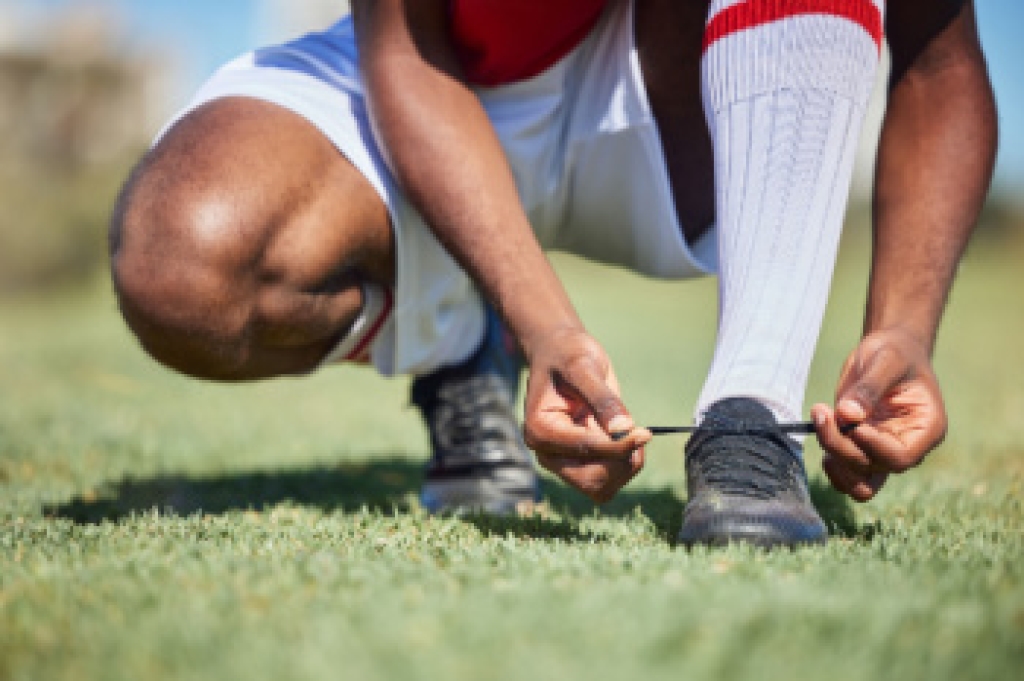
Keeping the feet strong can improve balance, stability, and overall movement during daily activities. One helpful exercise is a towel scrunch. Place a small towel on the floor, rest your foot on top, and slowly pull the towel toward you by curling your toes. This strengthens the small muscles that support the arch. Another useful exercise is the heel raise. Stand near a counter for support, lift your heels until you are on the balls of your feet, pause briefly, and lower with control. This helps build strength in the calves and improves ankle stability. While these movements support functional fitness, they are most effective when performed correctly and paired with proper footwear and healthy mechanics. A podiatrist can evaluate your foot structure, recommend appropriate exercises, and address any discomfort that limits progress. If foot pain develops during these activities, it is suggested that you see a podiatrist for effective relief tips and additional guidance on exercising the feet.
Exercising your feet regularly with the proper foot wear is a great way to prevent injuries and build strength. If you have any concerns about your feet, contact Stephen Boykins, DPM from SoCal Podiatry, P.C.. Our doctor can provide the care you need to keep you pain-free and on your feet.
Exercise for Your Feet
Exercise for your feet can help you gain strength, mobility and flexibility in your feet. They say that strengthening your feet can be just as rewarding as strengthening another part of the body. Your feet are very important, and we often forget about them in our daily tasks. But it is because of our feet that are we able to get going and do what we need to. For those of us fortunate enough to not have any foot problems, it is an important gesture to take care of them to ensure good health in the long run.
Some foot health exercises can include ankle pumps, tip-toeing, toe rises, lifting off the floor doing reps and sets, and flexing the toes. It is best to speak with Our doctor to determine an appropriate regimen for your needs. Everyone’s needs and bodies are different, and the activities required to maintain strength in the feet vary from individual to individual.
Once you get into a routine of doing regular exercise, you may notice a difference in your feet and how strong they may become.
If you have any questions, please feel free to contact our offices located in Downey and Moreno Valley, CA . We offer the newest diagnostic and treatment technologies for all your foot care needs.




